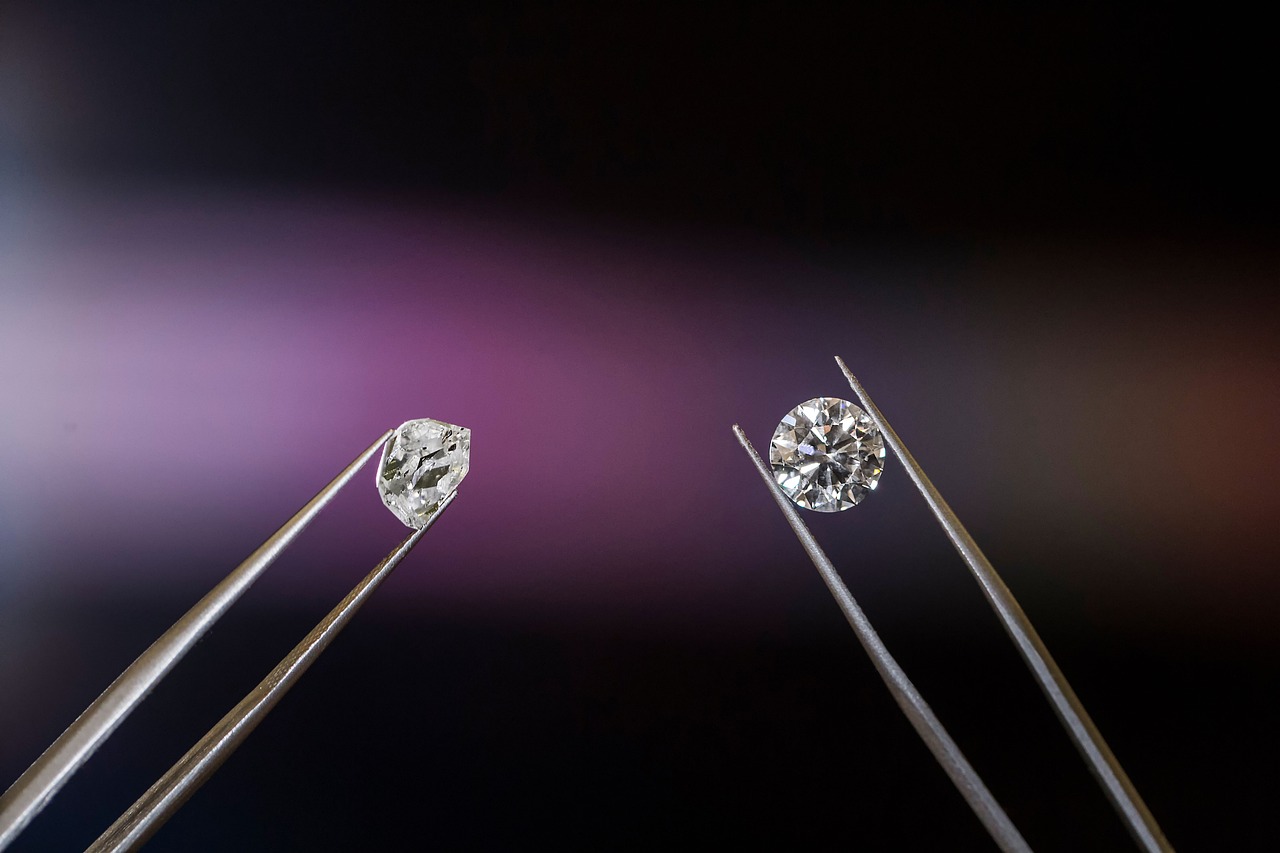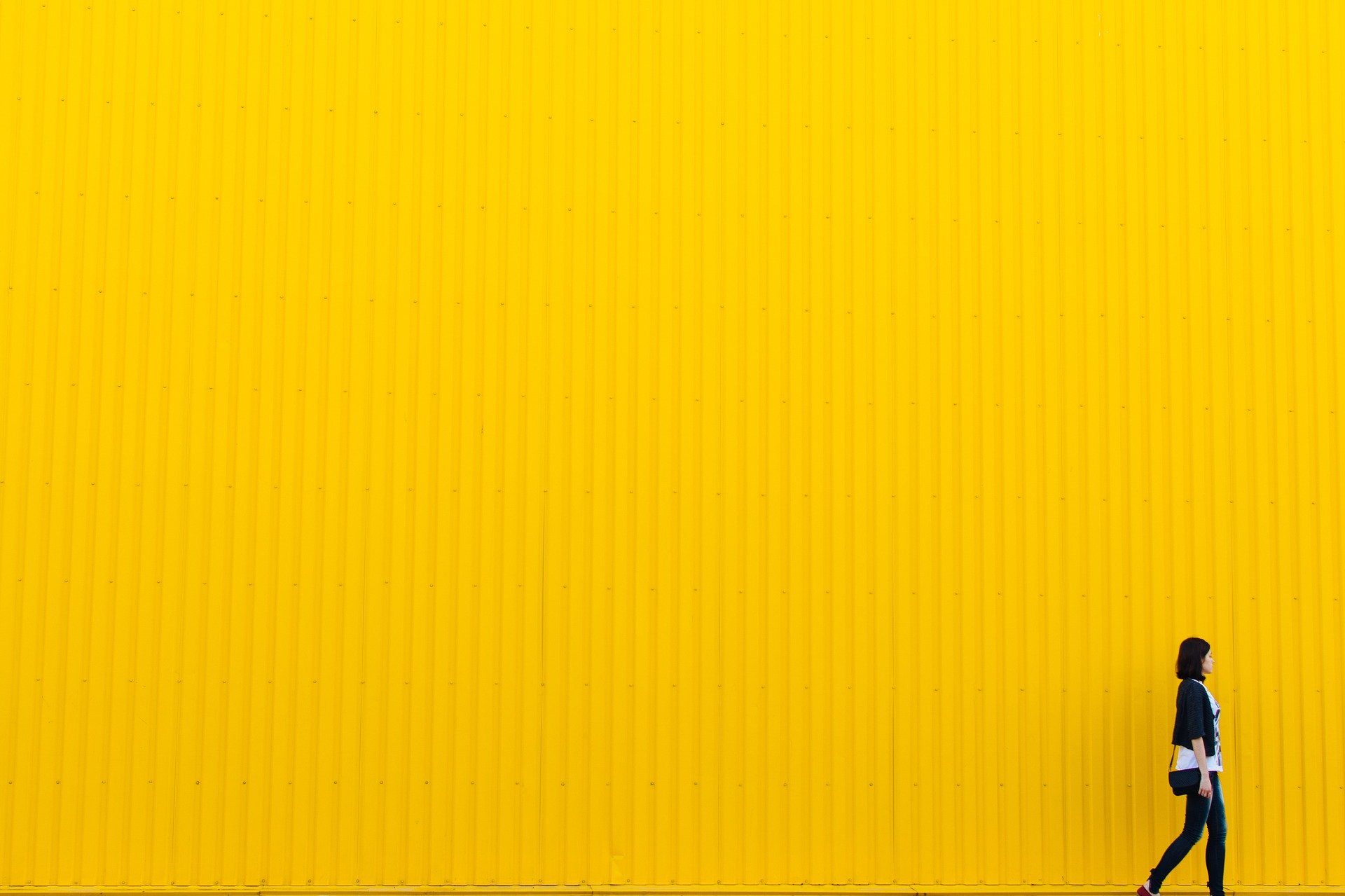 When choosing a dazzling gemstone for an engagement ring or other jewelry, the decision often narrows down to moissanite or lab-grown diamonds. Both possess unique characteristics that appeal to different consumers based on their preferences, budget, and ethical considerations.
When choosing a dazzling gemstone for an engagement ring or other jewelry, the decision often narrows down to moissanite or lab-grown diamonds. Both possess unique characteristics that appeal to different consumers based on their preferences, budget, and ethical considerations.
Understanding the defining attributes of each option is crucial for making an informed decision. Below, we delve into what you need to know about the key differences between moissanite and lab-grown diamonds. A critical review of these two gemstones is vital for anyone preparing to choose between them.
Moissanites and their Jewelry Value
Moissanite, a rare mineral discovered by Henri Moissan in 1893, exhibits exceptional brilliance and fire. However, due to its scarcity in nature, most moissanite available in the market today is created in a lab. These lab-created versions offer a more affordable alternative to traditional diamonds without compromising the sparkling appearance.
One of the standout features of moissanite is its remarkable durability, ranking just below that of diamonds on the Mohs scale, making it suitable for everyday wear. Furthermore, moissanite’s high refractive index contributes to its fiery appearance, enhancing its brilliance under various lighting conditions.
Understanding Lab-grown Diamonds
Lab-grown diamonds, on the other hand, are chemically and optically identical to natural diamonds, yet they are created in controlled laboratory environments. This process allows for a sustainable and ethical alternative to mined diamonds, often associated with environmental concerns and ethical dilemmas.
With lab-grown diamonds, you get the same luxurious appeal and hardness as natural diamonds, ensuring a lasting and valuable investment. Moreover, they carry certifications from recognized gemmological institutes, assuring buyers of their authenticity and quality.
Critical Comparisons Between Moissanite and Diamond
Moissanites are not the same as diamonds. Each gemstone has its unique qualities and properties. Therefore, it is vital to know each separately despite their striking resemblance. Here are some essential aspects that you may need to understand what makes these two gems different:
- Visual appearance
Moissanite and lab-grown diamonds differ subtly in visual appearance. While both possess a captivating sparkle, moissanite tends to exhibit a more excellent dispersion of light, leading to a rainbow effect that some find enchanting.
On the other hand, lab-grown diamonds offer a classic, elegant brilliance that closely mimics the appeal of natural diamonds. This difference in appearance often comes down to personal preference, with some favoring moissanite’s unique rainbow sparkle and others opting for the timeless allure of lab-grown diamonds.
- Affordability and Value
When considering cost, moissanite stands out as the more budget-friendly option. Its affordability makes it an attractive choice for those seeking a stunning gemstone without the high price tag associated with natural or lab-grown diamonds.
However, it is important to note that the value of moissanite, while substantial, does not appreciate over time in the same way that diamonds do. Lab-grown diamonds, while more expensive than moissanite, still offer a cost-effective alternative to mined diamonds, allowing buyers to enjoy the prestige and allure of diamonds at a more accessible price point.
- Ethical Considerations
The ethical considerations surrounding these two gemstone options have significant implications for conscientious buyers. Moissanite, a lab-created gemstone, is a more environmentally friendly choice, as it does not contribute to the depletion of natural resources.
Additionally, moissanite is conflict-free, alleviating concerns regarding the potential human rights abuses associated with the diamond mining industry. Lab-grown diamonds, similarly, offer a conflict-free and sustainable alternative, ensuring that buyers can enjoy the beauty and elegance of diamonds without ethical compromises.
- Care and Maintenance
In terms of maintenance, both moissanite and lab-grown diamonds require minimal care. Regular cleaning with mild soap and water or a non-abrasive jewelry cleaner can help retain their luster and brilliance. However, due to their high durability, both options are less prone to damage than other gemstones, making them suitable for everyday wear.
Final Thoughts
The choice between moissanite and lab-grown diamonds ultimately comes down to personal preferences, budget considerations, and ethical priorities. While moissanite offers dazzling brilliance at a more affordable price point and with minimal environmental impact, lab-grown diamonds provide the enduring prestige and appeal of natural diamonds with a reduced ethical footprint. Understanding the nuances and unique features of each option allows buyers to make an informed decision that aligns with their values and lifestyle.









